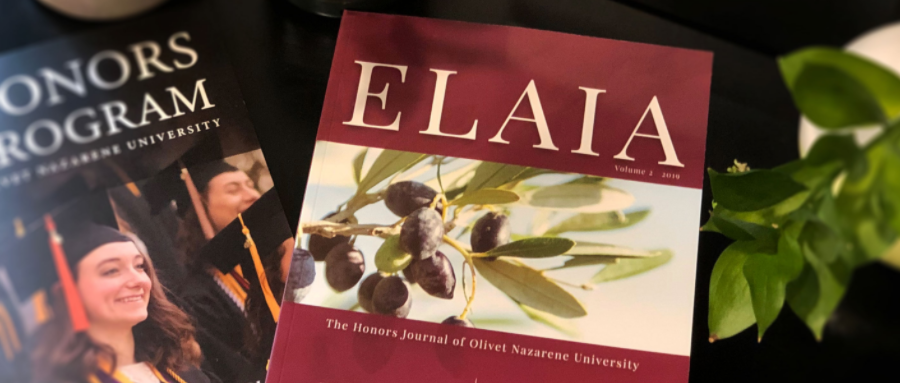Document Type
Article
Peer Reviewed
1
Publication Date
3-2014
Scholarship Domain(s)
Scholarship of Discovery
Abstract
The work presented here focuses on using the Diels‐Alder reaction as the first step in “catch‐and‐release” strategies for isolating useful organic compounds, especially from natural product extracts. The purpose is to discover better isolation methods than those currently available. The proposed method uses a dienophile attached to a polymeric resin, allowing separation of the adduct from the filtrate by simply rinsing the polymer‐bound adduct with solvents to remove extraneous compounds.
Different dienophiles were tested, including 4‐phenyl‐1,2,4‐triazoline‐3,5‐dione, dimethyl acetylenedicarboxylate, and diphenyl acetylene. These were reacted with the furan ring of salvinorin A, an extract obtained from a natural product, which acted as the diene. These were tested to find dienophiles that could either potentially be fixed to a polymeric resin or provide some insight as to what conditions salvinorin A might react under. These were reacted in a microwave instrument and characterized with thin layer chromatography and infrared spectrometry. Initial results suggest new Diels‐Alder adducts based on the salvinorin A skeleton, and one reaction that proceeds without heat. Finally, one polymer‐bound dienophile, diethy diazodicarboxylate, was reacted with salvinorin A to produce a polymer‐bound Diels‐Alder adduct.
Recommended Citation
Smith, Logan L., "Exploring Cycloaddition Reactions for the Synthesis of Novel Organic Compounds, Including Microwave Promotion" (2014). Honors Program Projects. 57.
https://digitalcommons.olivet.edu/honr_proj/57



Comments
Honors Capstone Project completed in 2014 for Olivet Nazarene University.